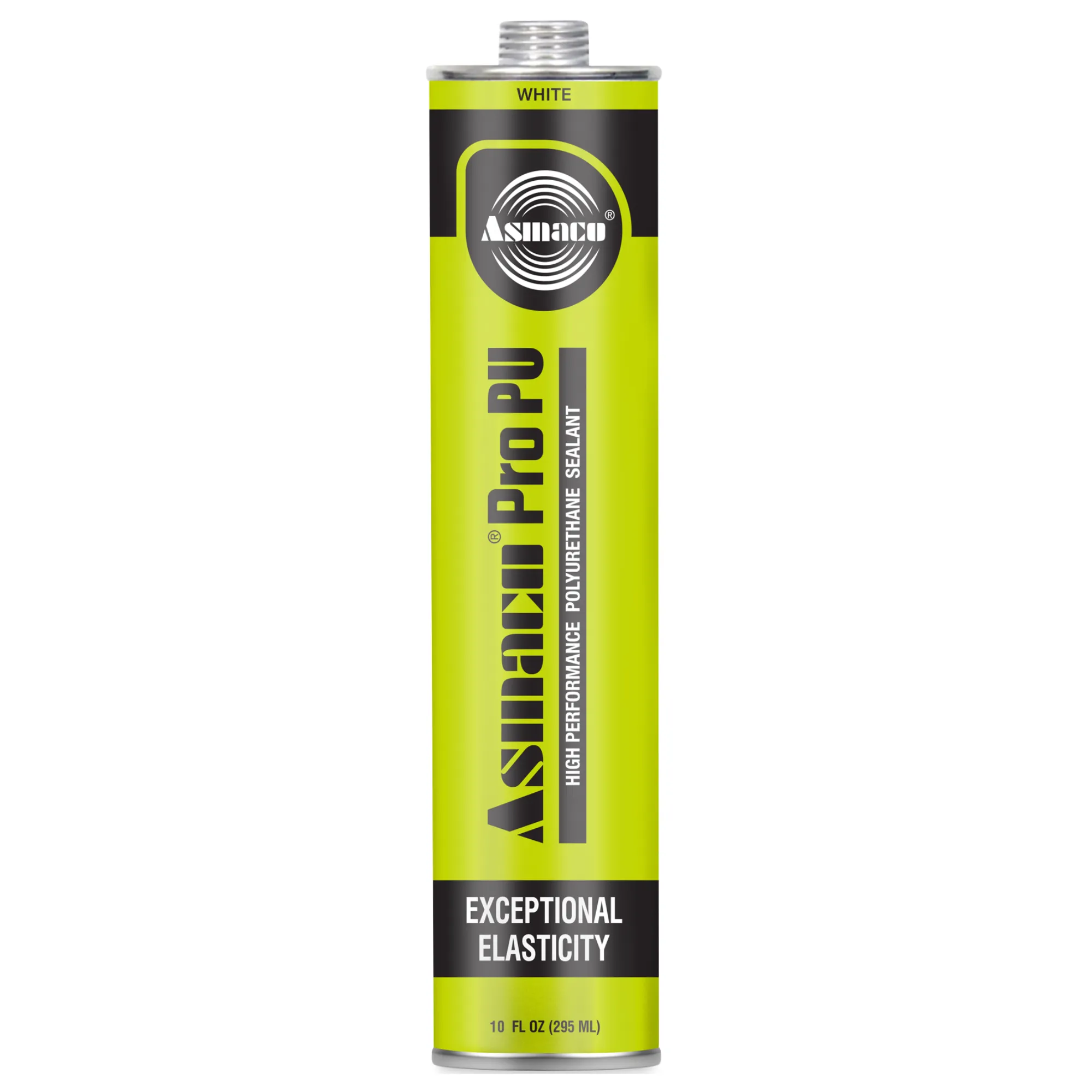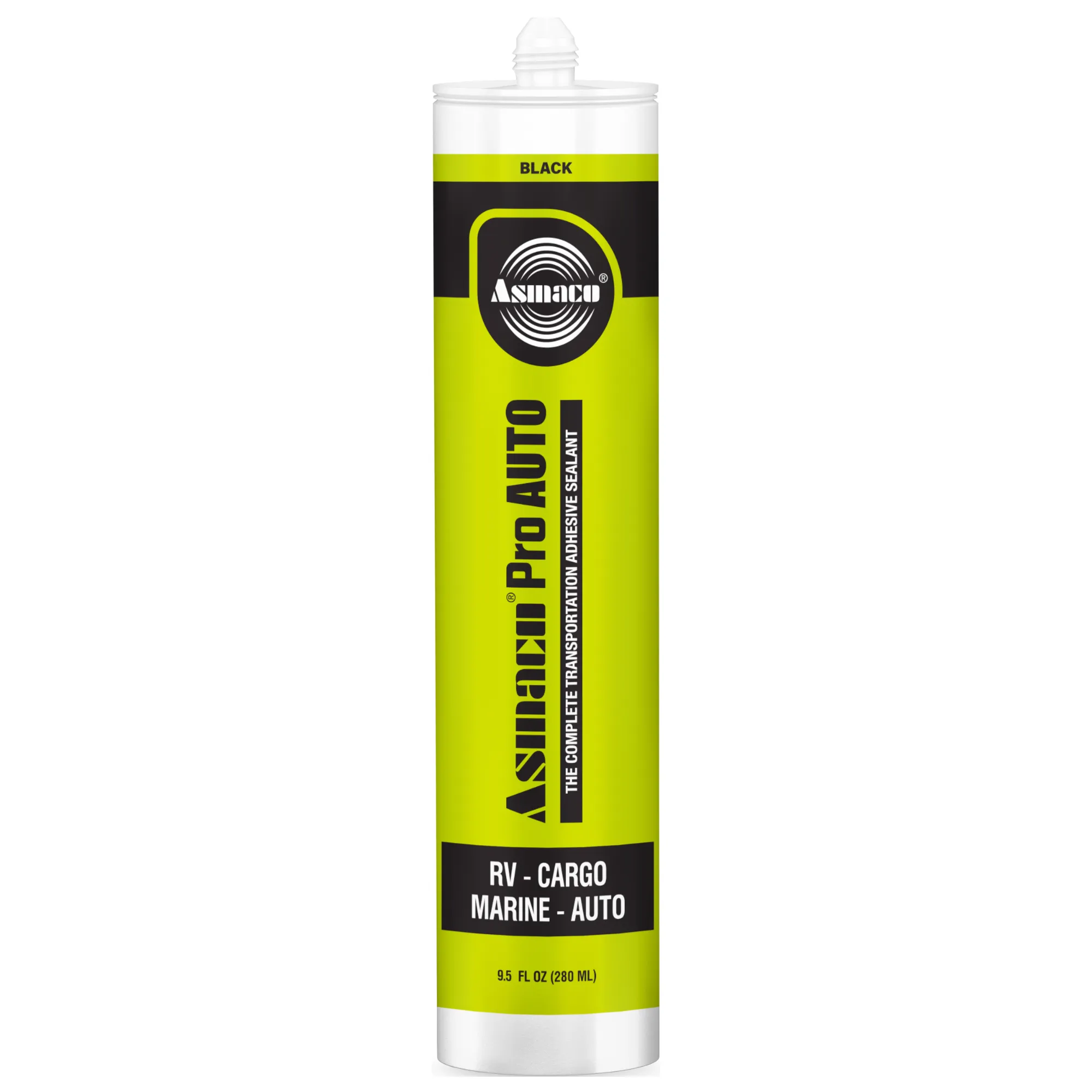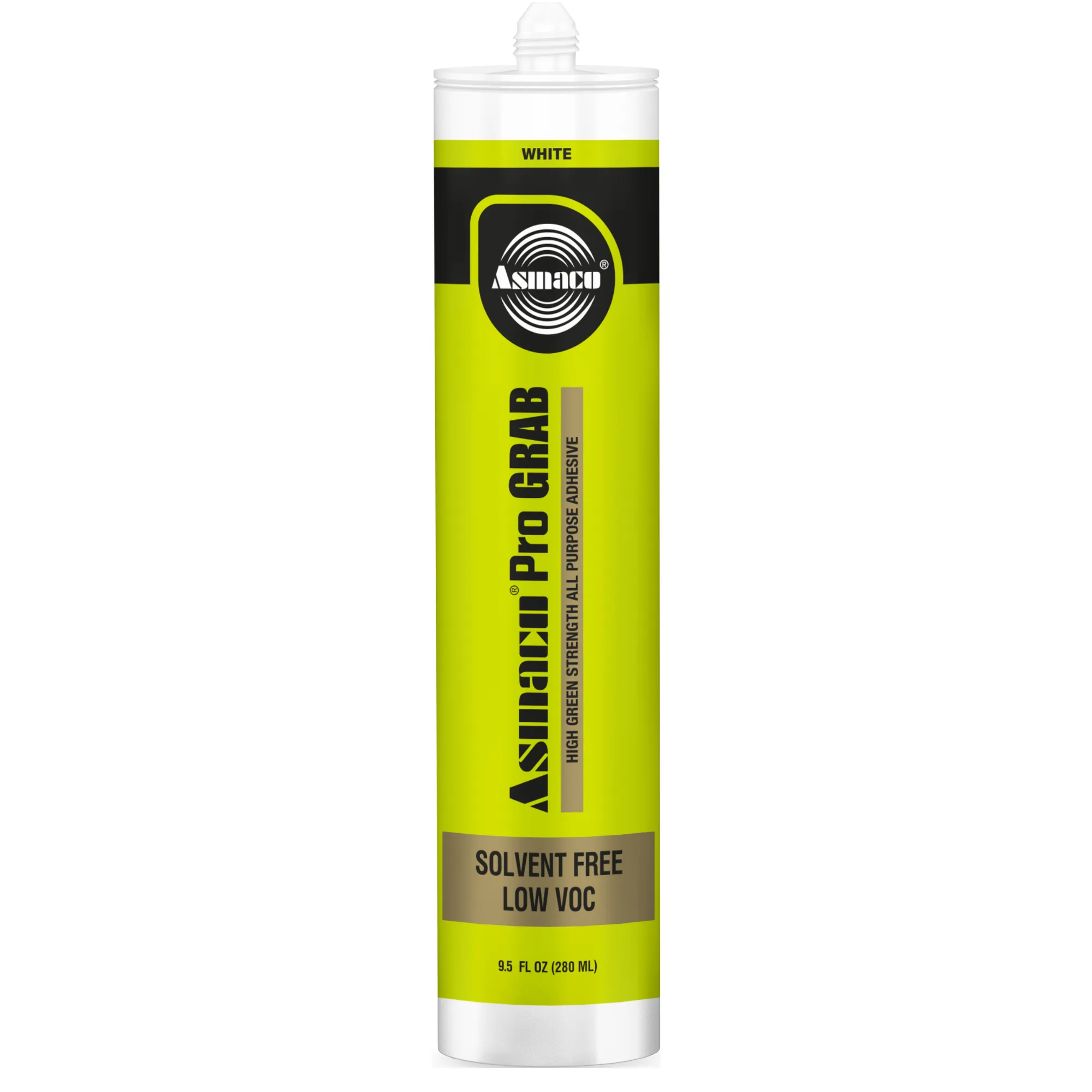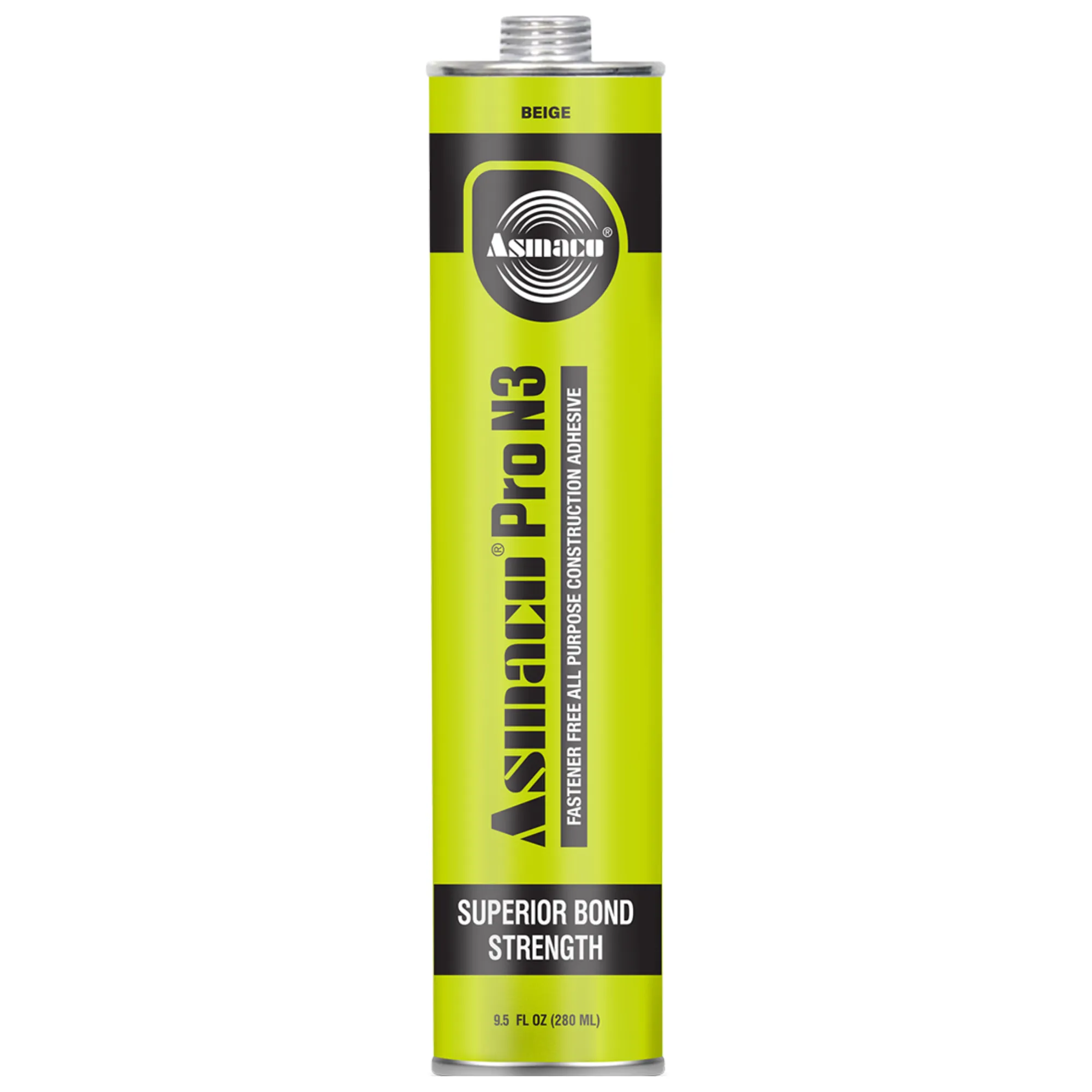If you work in the building and construction industry or do DIY repairs, you might have used different silicone sealants.
In this blog, you’ll learn about sealants, their types, applications, and safety tips.
What Is Silicone Sealant?
Silicone sealants are liquid adhesives that work like gels. Unlike other adhesives, they maintain elasticity and temperature between extreme temperature fluctuations.
Moreover, sealants are resistant to various chemicals and moisture, making them suitable liquids for building and repairing objects.
What Is Silicone Sealant Used For?
One of the most common uses of sealants is doing basic repairs around houses and properties.
Since they’re water resistant, silicone glues are used to seal around sinks, bathtubs, windows and door sealants frames, and roof repairs. They are also commonly used to bind surfaces, including plastic, glass, and metal.
Since silicone tends to keep its adhesive properties intact even at high temperatures, it’s also applicable in electronic devices, appliances, and automotive repairs.
Types Of Silicone Sealants
There are different types of sealants with basic adhesive properties. The key is to choose the right silicone sealants for your specific needs.
Here are the most common types of sealants you need to know about.
Neutral Cure
Neutral cures are alcohol-based and the most common type of sealants. They are non-corrosive and safe for materials that react readily to acids, like concrete, marble, metals, and other porous surfaces.
Due to its resistance to weathering and UV radiation, it’s typically used in construction and glazing applications, mainly for outdoor sealing. It also does not discolor or cause corrosion on various materials.
Acid Cure
This sealant releases acetic acid when applied, giving it a solid vinegar-like odor. It cures fast and works well on non-porous materials.
Acid cure sealants are commonly used in bathrooms, bathtubs, kitchens, and other areas requiring waterproofing on glass, ceramic tiles, and non-porous plastics.
However, it’s not applicable for metals and alkaline surfaces like concrete, as it can cause corrosion.
Multi-Purpose
As the name suggests, multi-purpose sealants are flexible and versatile, equipped for various indoor and outdoor applications. It usually offers moderate to high resistance to weather, UV exposure, and temperature fluctuations.
These sealants are best for general household and DIY sealing tasks, such as around windows, doors, sinks, and general repairs on glass, wood, aluminum, and plastic surfaces. Due to their adaptability, they’re the best option for basic sealing needs.
High-Temperature
Silicones that are designed to withstand extended exposure to high temperatures, usually ranging from 480°F up to 572°F or more.
High temperature sealants also resist the harmful effects of oil, water, and various chemicals, maintaining their properties under harsh conditions.
It is primarily used in automotive, manufacturing, and industrial settings where high-temperature applications are frequently encountered. It includes sealing around engines, exhaust systems, ovens, furnaces, and other high-temperature machinery components.
Electrical-Grade (non-corrosive)
Electric-grade sealants mainly offer insulation and protection to electronic components without releasing corrosive substances. They’re also resistant to water, dust, and general environmental exposure.
They are applied to protect sensitive appliances and provide insulation for electrical enclosures.
It’s commonly applied in telecommunications, computer hardware, and electrical manufacturing to protect against moisture and short circuits.
Environmental And Safety Considerations
Due to silicone sealants’ applications in the building and materials industry and DIY household repairs, various environmental and safety considerations must be examined for their safe use.
Environmental Impact
Biodegradability
Silicone sealants are not biodegradable, meaning they can remain in the environment long after being disposed of.
However, they release certain organic compounds compared to other sealants, making them less harmful to air quality.
Eco-friendly Options
Some manufacturers offer eco-friendly silicone sealants with lower emissions and sustainable packaging. Opting for the right products can reduce the overall environmental footprint.
Disposal
The residue of the silicone sealants shouldn’t be drained in sewers or disposed of with regular garbage.
It’s best to take unused products to a hazardous waste disposal vicinity, as improper disposal can affect the surrounding ecosystems.
Safety Tips For Handling Silicone Sealants
Ventilation
While silicone sealants are pretty low in volatile organic compounds (VOCs), they can still potentially release fumes like acid-cure sealants. Therefore, it is advised to always work in an area with good ventilation spots to avoid respiratory irritation.
Protective Gear
Use gloves and eye protection wear to avoid direct contact with sealants. Acid-cure silicone, for instance, can irritate the skin and eyes due to its acidic nature, so wearing protective gear is essential.
Storage
Keep silicone sealants in a cool, dry place, out of the reach of children and pets. Appropriately and securely sealed containers will prevent the product from curing prematurely and keep it usable for future use.
Used Sealant Tubes And Cartridges
Once a tube is empty, let any remaining sealant fully cure before disposal. Cured silicone is inert and no longer poses an environmental risk, so it can typically be thrown away in regular waste.
Takeaways
Silicone sealants are valuable products across various industries and home repair settings due to their flexibility, durability, and resistance to environmental elements.
As discussed above, different types are available, so choosing the right sealant for each application is crucial.
Understanding the environmental and safety considerations, such as responsible disposal, proper ventilation, and safe handling, ensures that silicone sealants are used effectively and sustainably.
When appropriately applied, silicone sealants offer reliable performance and protection for different uses, whether in construction, automotive, or household tasks.




